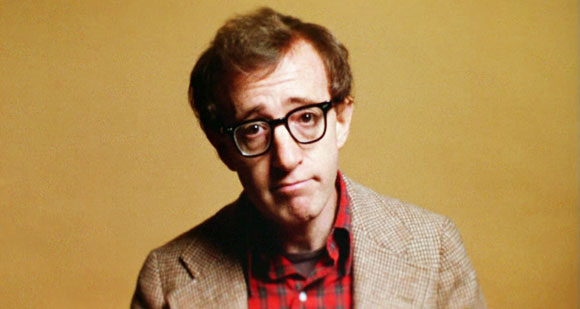
Cinema is an ever-changing medium. This is certainly true regarding its technical progress, which puts in front of our eyes a concrete change in the way a movie is experienced, whether this means hearing sound on the screen for the first time, or experiencing 3D viewing. Technical innovations behind the camera let the filmmakers exploit increasingly advanced softwares for editing, CGI, color correction, and so on.
The fact that technical progress is the most evident should not make anyone forget how important the progress around the narrative aspect of the movie is. Cinema always moves forward, but in order to do that it has to convincingly find new ways to tell its stories.
Sure, certain types of storytelling have always been profitable (boy meets girl, hero fights a villain, and so on), but only the movies that push the envelope storytelling-wise are able to keep cinema fresh and engaging. This is true for the more experimental and audacious auteurs, but also for commercial filmmakers, who need to find interesting ways to tell their stories again and again.
This list looks at ten films in cinema history whose storytelling style has proven to be hugely influential and also set a new standard for the way cinema tells its stories.
10. La Dolce Vita
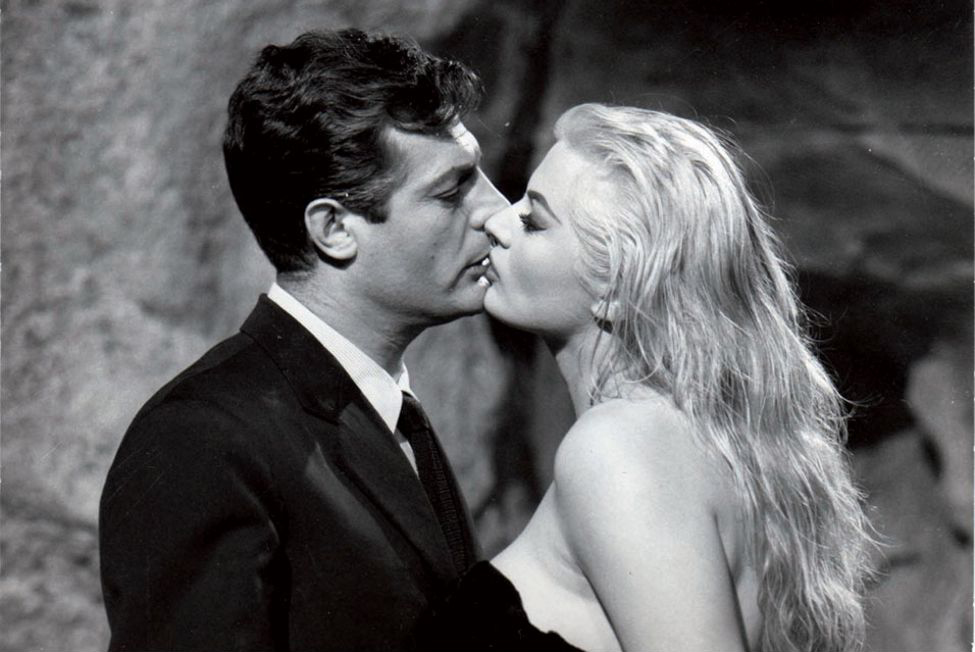
Choosing the best Italian director of all time is an hard choice, but Fellini’s filmography makes quite a strong case for him. From the 1950s to 1990 (the year of his last film), Fellini directed unforgettable pieces of work, and more importantly he gave them all a unique touch that made them immediately recognizable as “fellinian” (an adjective that has entered the cinematic lexicon). He blended a purely Italian sensibility for joy of life with a nuanced feeling for melancholy and existentialism.
The best channel for his cinematic style was Marcello Mastroianni, who by the time Fellini directed Ginger and Fred (1986) had become an on-screen alter-ego of his. Other directors admire most of Fellini’s works, but out of the best period of his career, La Dolce Vita may be the most known and influential.
It follows Marcello, a tabloid journalist in 1950s Rome (more specifically, the end of the 50s), through a series of life episodes highlighting both his over-the-top lifestyle and a melancholic approach to life.
In La Dolce Vita, Fellini develops a unique pace which slowly builds up and ultimately paints a comprehensive and nuanced portrait of the protagonist. Fellini showed how to combine moments of joy and ennui, both entertaining and challenging the audience. Many after him tried to imitate his style, and La Dolce Vita has gone down in history as a quintessential example of cinematic storytelling.
9. The Apartment
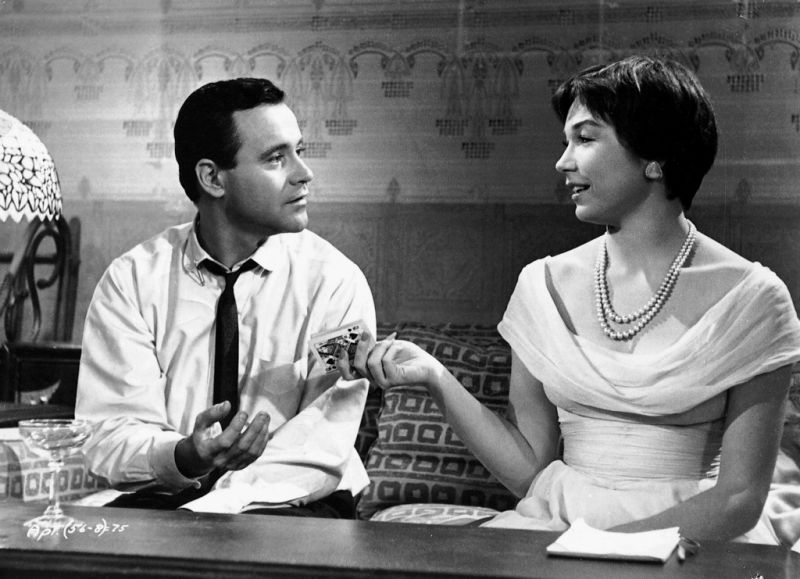
The Apartment may be Billy Wilder’s true masterpiece. Sure, that is a hard choice, considering how many great films he wrote, produced and directed, but The Apartment certainly holds a special place in his filmography. Not only it won him three oscars, but definitively cemented his power as the cinematic genius he is. Some Like It Hot remains his most popular film, but it does not reach the level of depth and intrinsic value a gem like The Apartment possesses.
The film deserves a spot on this list because it is the most successful combination of comedy and drama the world had seen up to that point. Learning the lesson from cinema greats like Ernst Lubitsch, Wilder gave The Apartment a touch of unrelenting realism and combined it with the undeniable charm of the protagonists played by Jack Lemmon and Shirley MacLaine.
The film’s influence is clearly present in many of the great comedies of the following years, and also in one of the greatest modern tv shows, Mad Men, whose creator Matthew Weiner openly said he was inspired by it. This is not a coincidence: The Apartment perfectly captures its time (the passage between the ’50s and ’60s) and place (New York).
It is a storytelling bible for a certain cinema genre, which is melancholic and outrageously fun at the same time. Through the years, many have tried to capture the same feeling, but few succeeded.
8. Annie Hall
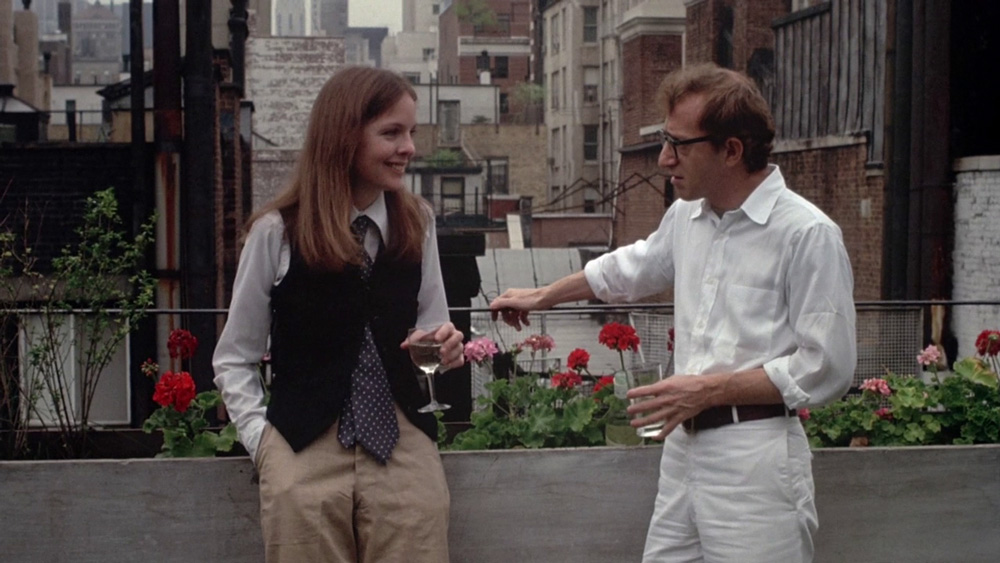
Woody Allen is recognized as a writer and director of enormous wit and charm. Although he is known by the great public for his comedies, his dramatic directorial outings are widely appreciated, with explicit references to the works of Bergman and Fellini, and a clear influence from literature (Dostojevskij and the other Russians) and philosophy (nihilism, existentialism).
The moment Allen transitioned from being a smart comedy writer/actor/director to being an appreciated filmmaker is Annie Hall. Sure, it took him a few more films (especially Manatthan and, a decade after, Hannah and Her Sisters) to be seen as the complete auteur we now know he is, but all the seeds were already planted in Annie Hall. For the first time, he inserted a realistically dramatic element in the script, and he also played with the structure of the film, employing flashbacks, fourth wall- breaking and meta-narrative in an original way.
This is the reason why Annie Hall is in this list: soon after it came out (and also got a number of awards, including from the Academy), the film became a staple of the American comedy-drama with romance at its center, and remained the best example of this sub-genre.
Not only that, Annie Hall is a great example of how to represent relationships between characters (not necessarily lovers) over a long time period without losing the viewer’s interest. As we said, in this film Allen plays with the narrative, both in terms of time and space, and his unique approach is still influential.
7. Wild Strawberries

Wild Strawberries is only one of Ingmar Bergman’s renowned masterpieces, but it may be the one which made the director’s name renowned all around the world. It won awards in various countries, and gathered universal acclaim for its photography, depth and inventiveness. Bergman gave all his films a clear psychological trait, and Wild Strawberries is no exception.
The story revolves around some of the recurring themes of his filmography: death, dreams, the weight of the past and guilt. The main narrative device of the film is simple but truly effective: the film is the story of a car trip the protagonist (professor Isak Borg) needs to make in order to collect an academic honor. Before and during this trip, Borg relives the most crucial and formative moments from his past, and deals with the man he has become and the consequences that his actions have had on his family.
Wild Strawberries is a hugely influential film, since it is a near perfect example of how to combine psychological elements with the main story and, more importantly, shows exactly how a great director can combine oneiric sections and a realistic setting. Bergman’s touch and sensibility gave the story a perfect flow, and made a masterpiece for the ages.
6. Citizen Kane
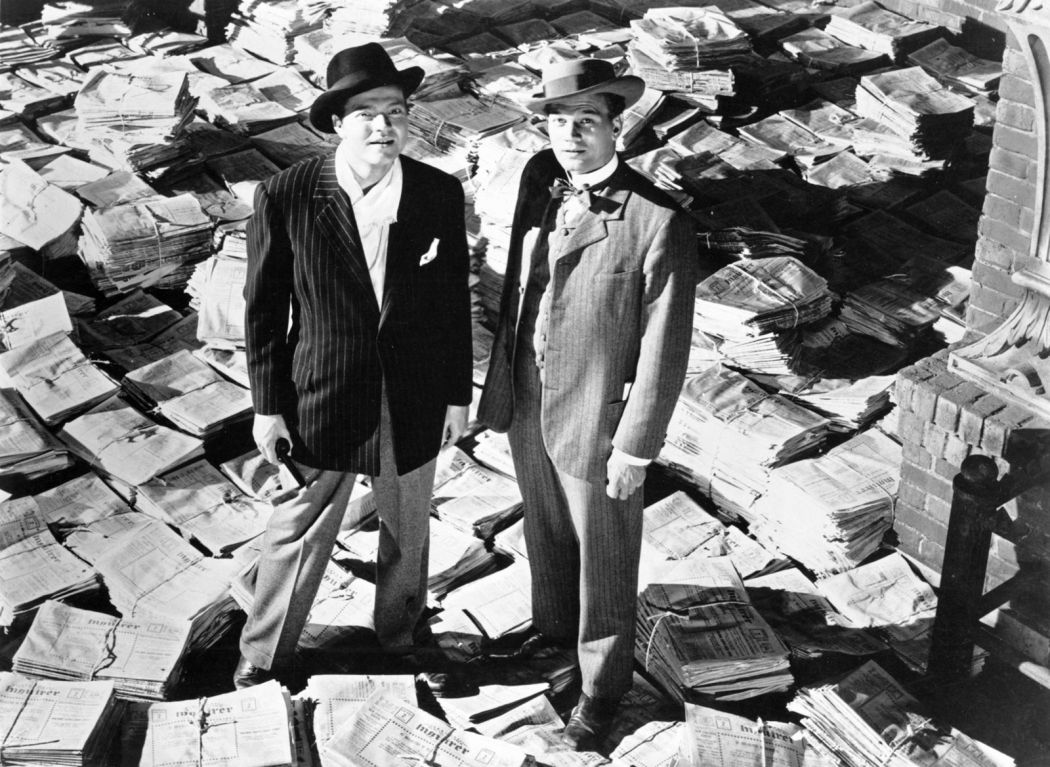
Citizen Kane is universally recognized as Orson Welles’ masterpiece and one of the absolute best films ever realized. It is the essential movie masterpiece and a cornerstone in filmmaking history. Welles released it in 1941 to a mixed reception. It took some time for the critics and the public to truly appreciate it, but after they did, they never forgot it.
The photography by Gregg Toland is a big reason for the immortal praise of the film, but its story structure is why it got so famous. The story is built around a single word, “Rosebud”; the mystery behind it successfully sustains the film all throughout its course.
Another smart narrative device are the multiple narrators, each telling a different episode out of Charles Foster Kane and showing a particular side of his personality, although the man interviewing them cannot really complete the portrait of the man because of his many contradictory facets.
Citizen Kane tells a story that covers a whole life, but is not a banal biographical film, and captures the audience with its narration. Citizen Kane’s influence on the classic cinema came after it is enormous, also due to its unique way of telling its story.